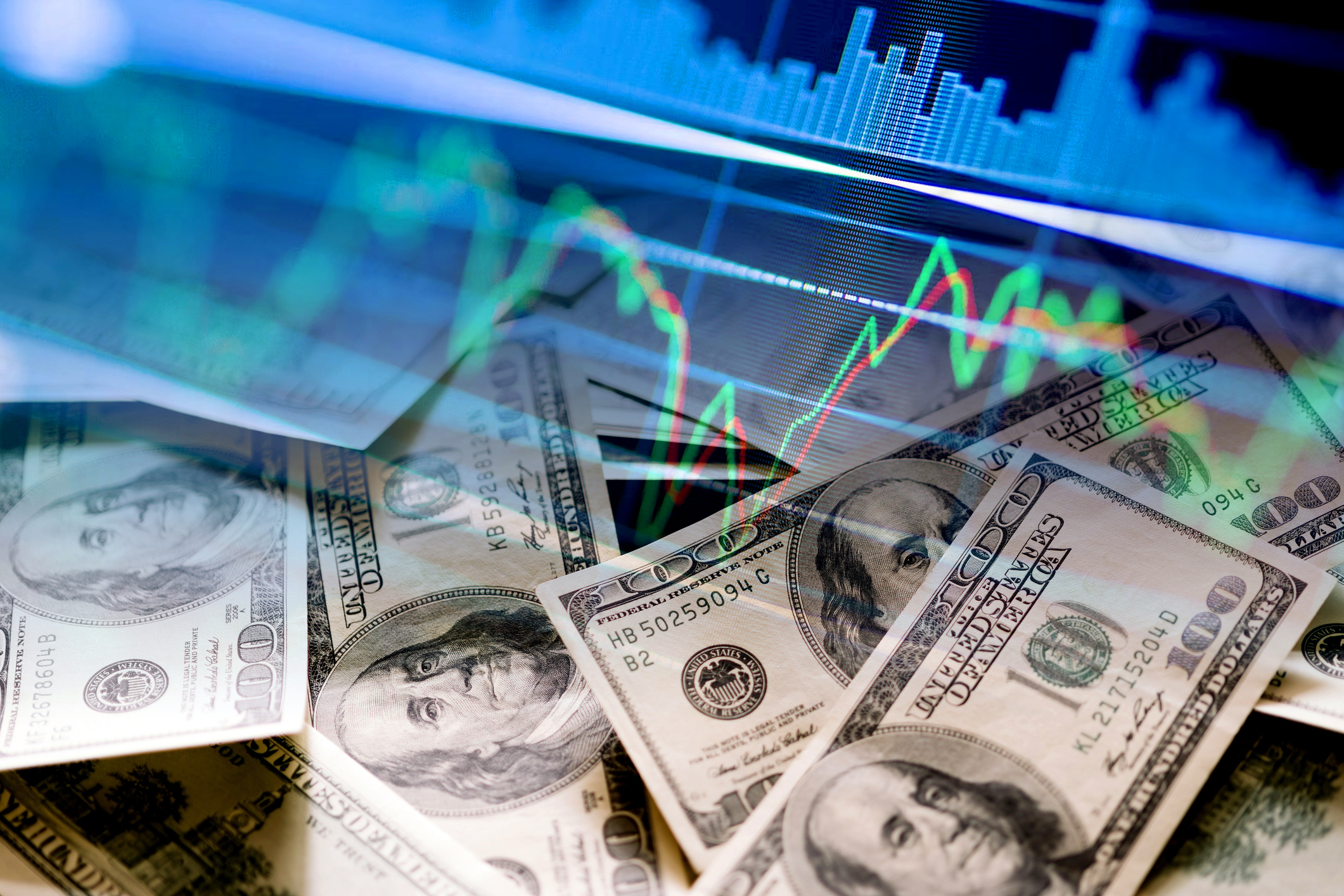Global shares were little changed on Friday in subdued trading as investors hunkered down for key U.S inflation figures that will shape the Federal Reserve’s thinking on interest rates when it meets mid-June.
The dollar was steady against peer currencies ahead of the U.S. inflation data.
Oil was slightly weaker after Fed officials said it was too soon to start considering rate cuts, and following a surprise build in U.S. gasoline stocks.
The MSCI All Country Stock index was flat at 780.9 points, down nearly 2% on the week, though still up more than 7% for the year.
In Europe, the STOXX index of 600 companies was lowerand headed for a second week of declines, thought still likely to show gains for May.
“The big driver in the market at the moment is the same old story of when is the Fed going to pivot and start cutting rates,” said Mark Ellis, CEO of Nutshell Asset Management.
The VIX dubbed Wall Street’s ‘fear gauge’, has begun rising again, he noted.
“Although stock markets have performed strongly in May, just in the last week it seems very stressed. I’m expecting that to subside today, and seasonally the first week of June is pretty good for markets,” Ellis added.
Policymakers at the Fed who next meet on June 11-12, said on Thursday that they continue to expect inflation to fall this year even as the labor market stays strong, leaving them in no hurry to cut borrowing costs.
There will get a fresh read on inflation’s progress at 1230 GMT with the Commerce Department’s publication of the monthly U.S. personal consumption expenditures price index, widely viewed as the Fed’s preferred inflation gauge.
Economists estimate it rose 2.7% in April from a year ago; the Fed targets a 2% pace.
Euro zone inflation figures are due at 0900 GMT, though analysts say the data is unlikely to alter the European Central Bank’s widely flagged intention to cut interest rates by 25 basis points when it meets next Thursday, though the path of further cuts remains unclear.
Ellis said expectation that the ECB will move before the Fed in cutting rates, the opposite to what has historically happened, is largely priced into markets.
U.S. stock index futures were flat to weaker ahead of Wall Street’s open, where the opening tone will be determined by the inflation data.
Analysts said they expect little impact on Wall Street from news that Donald Trump has become the first U.S. president to be convicted of a crime ahead of a November vote when he will try to win back the White House from Democratic President Joe Biden.
MSCI’s broadest index of Asia-Pacific shares outside Japan was down 0.5%. The index was set for a gain of about 2.7% in May, rising for the fourth straight month.
China stocks were down 0.4%, while Hong Kong’s Hang Seng index was off 0.6%.
China’s manufacturing activity unexpectedly fell in May, an official factory survey showed on Friday. The soft outcome kept alive calls for fresh stimulus as a protracted property crisis continues to weigh on businesses, consumers and investors.
Traders are also looking over their shoulders for any hints of intervention from the Tokyo authorities as the Japanese yen flirts with levels that led to suspected bouts of intervention late in April and early this month.
The yen was last at 157.165 per dollar, having touched four-week lows of 157.715 on Wednesday. The currency weakened to its lowest in 34 years at 160.245 on April 29, sparking at least two suspected rounds of interventions.
Data on Friday showed core consumer prices in Japan’s capital rose 1.9% in May on rising electricity bills but price growth excluding the effect of fuel eased, heightening uncertainty on the timing of the central bank’s next interest rate hike.
The dollar, which measures the U.S. currency against six rivals, was trading at 104.84, on course for 1.4% decline in May, snapping a four-month winning streak.
The euro was slightly down at $1.0823 ahead of euro zone inflation data for May.
In commodities, oil prices eased after a surprise build in U.S. gasoline stocks weighed on the market. Brent futures was down 0.2% at $81.70 a barrel, while U.S. West Texas Intermediate (WTI) crude was down 0.2% at $77.69.
Gold set for a fourth straight monthly gains, was trading at $2,339 per ounce.














